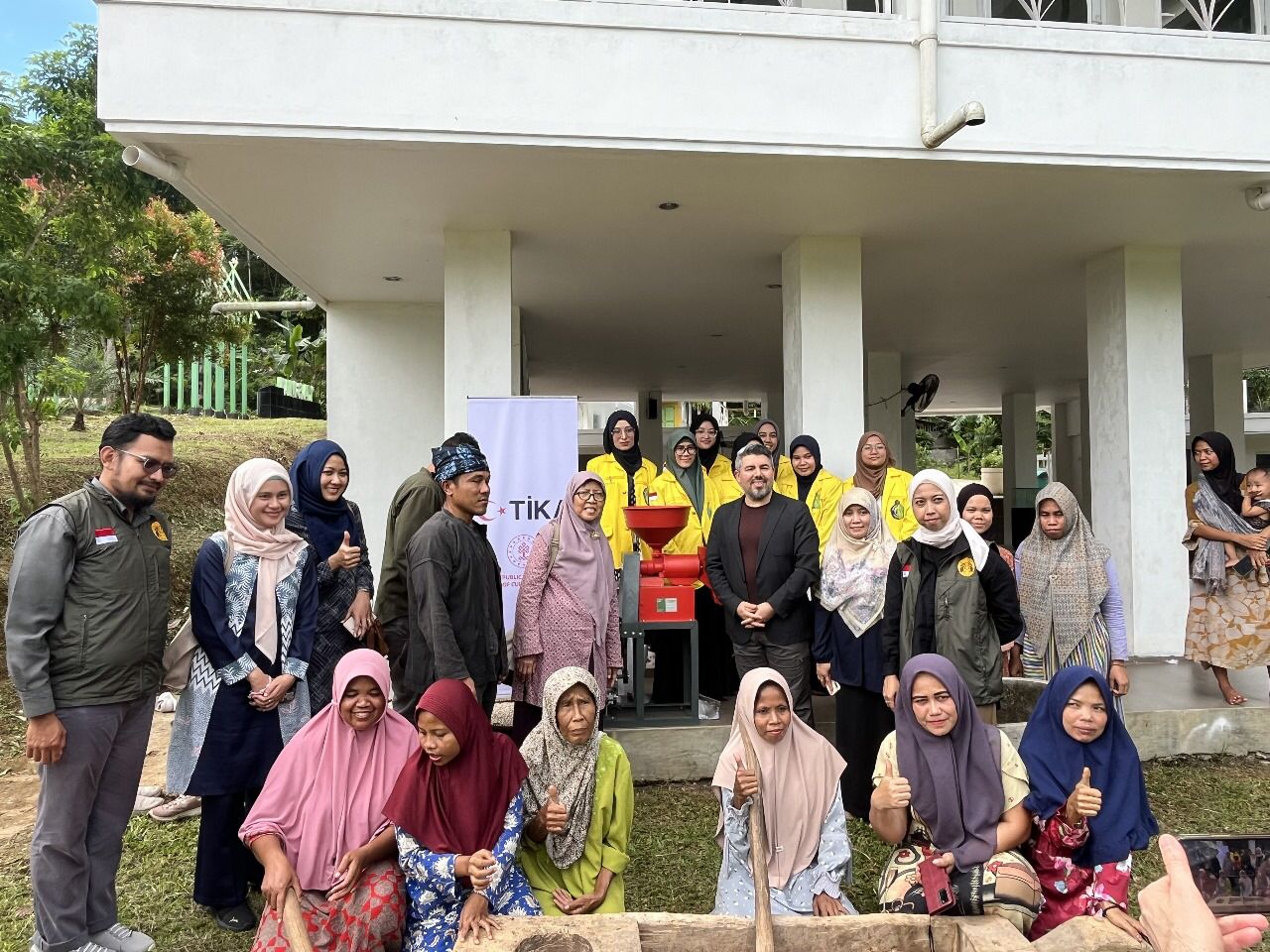Universitas Indonesia (UI), through the Innovation and Comparative Governance (ICG) Research Cluster of the Faculty of Administrative Sciences (FIA) and the Sustainable Development Goals (SDGs) Hub UI, is making efforts to develop mangrove potential in the Kawasan Essential Ecosystem (KEE), or the Essential Ecosystem Area, of Teluk Pangpang, Banyuwangi Regency, East Java. The development is carried out in the form of advocacy and guidance for making Fishbone Analysis which was carried out last August.
The Head of the ICG FIA UI Research Cluster, Prof. Dr. Teguh Kurniawan, M.Sc., said that this program aims to expand the benefits of mangroves in various sectors, such as ecology, tourism, sustainable food, and nature/environmental education. This activity is a follow-up to his collaborative research with Prof. Jacob Torfing from Roskilde University, Denmark.
In research related to Governing Green Transition (GOGREEN), it was found that many village officials did not understand and adapt SDGs into village planning. Therefore, to expand public knowledge about sustainable development, Prof. Teguh and his team, namely Salsabila Amanda Putri and Lintang Shafa, provided training to village officials, community members, and the community in four villages, namely Kedunggebang, Wringinputih, Kedungasri, and Kedungringin.
“With this training, the community is expected to be able to identify village problems related to sustainable development and find solutions that are in line with village planning. Of course, knowledge of SDGs will be useful in managing the mangrove potential in the village,” said Prof. Teguh.
The four villages in the Teluk Pangpang KEE area are indeed overgrown with more than 20 types of mangroves. This mangrove potential not only brings ecological/environmental value, but also supports the economic value of the area. Of the various types of mangroves that grow, there is the Acanthus ebracteatus mangrove whose leaves are processed into chips and mangrove juice drinks. In addition, residents in Wringinputih Village also cultivate the Sonneratia alba mangrove which contains antioxidants and can cure boils.
According to the Head of the Makmur Forest Farmers Group of Wringinputih Village, Hendro, several mangroves are currently being developed for the potential of carbon trade. “This carbon trade contributes to increasing the country’s foreign exchange because mangroves are plants that are needed to overcome climate change in the future,” he said.
In addition to the benefits of mangroves, the UI Research Team also found that the ecosystem under the mangroves can support marine biota around them, such as shellfish, shrimp, and crabs. This is evident through the presence of soka crabs that are cultivated according to the living conditions of mangroves. These crabs can be found in Kedunggebang Village and are sold to various regions—one of which is Bali—for IDR 120,000/kg.
Through this community service program, the UI Team, together with a lecturer of the Faculty of Economics and Business, Dr. Dodik Siswantoro, M.Sc., are trying to explore the advantages of Teluk Pangpang related to the multifunctionality of mangroves. UI is trying to increase the capacity and knowledge of the community about Village SDGs so that they can develop village advantages. “KEE Teluk Pangpang has extraordinary potential as a supporter of the green economy through mangroves. Therefore, the community is expected to increase the utilization of mangroves so that tourism, economy, ecology, and food security in this region can be built,” said Prof. Teguh.



